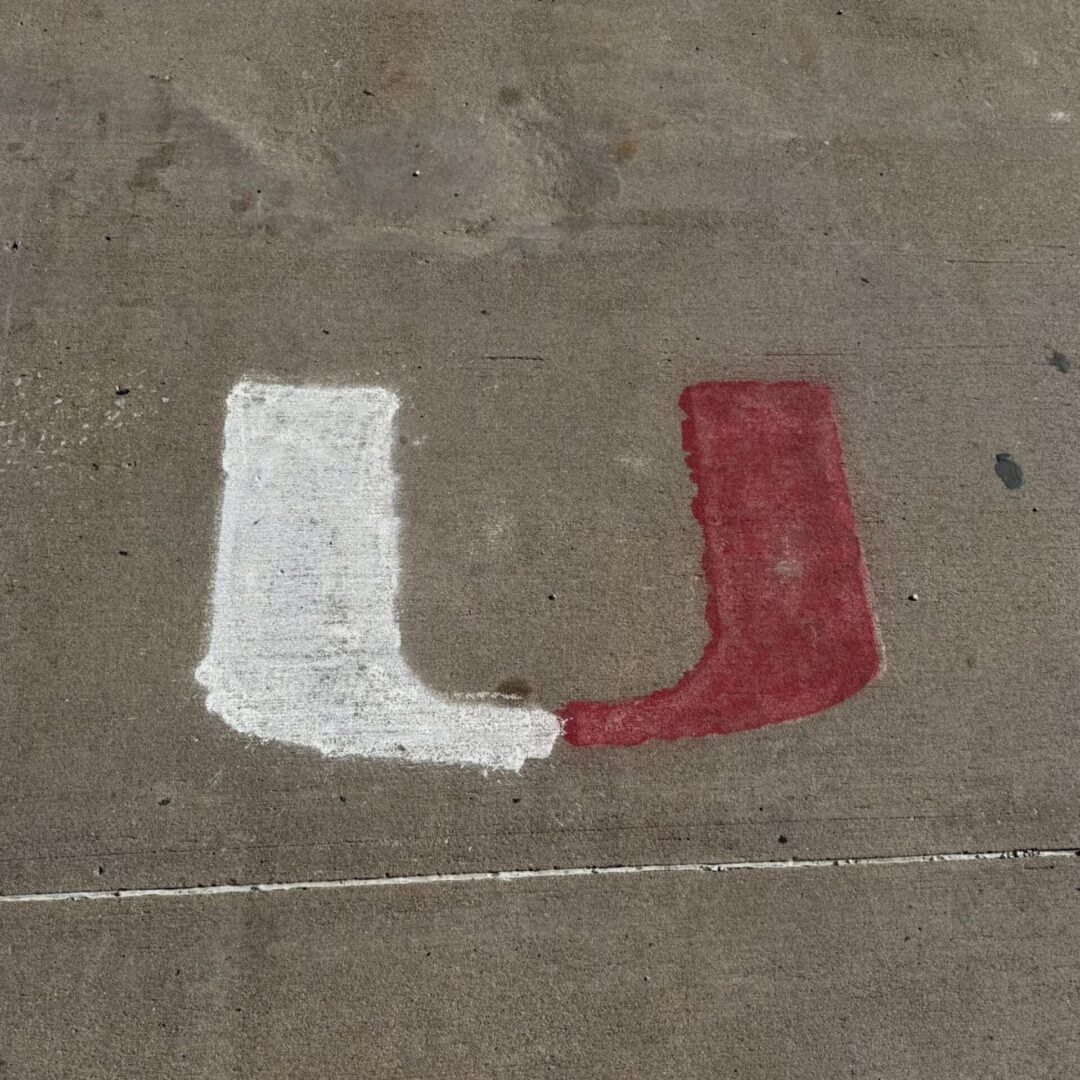by Thomas Best
Iconic, awe-inspiring, spectacularly beautiful—trying to describe one of America’s grandest natural wonders is nearly impossible in the short time I have with you today, but I will try: Let’s talk about the Grand Canyon in Arizona.
So, what I thought I would do today is to share some of the lesser-known facts and insights to the Grand Canyon. For instance, you might have not been aware that some of the oldest rocks on earth—variations of igneous and metamorphic rocks—are found in the bottom of the canyon and it’s inner gorge. Such rocks are believed to have been formed over 2 billion years ago. You can examine such rocks as you descend to the lower canyon via the most popular Bright Angel Trail or the South Kaibab Trail. Along these same winding paths, you will also find fossilized evidence of the animals and plants once found here up to millions of years ago. As the park advertises, you can also take a “Journey through Time” when hiking along the rim trail (where rocks are a more recent 2 million years old). Either way, you feel pretty young next to these formations.
From a historical perspective, it is amazing now to think that for a long time—from the earliest Spanish explorers looking for cities of gold to the American explorers scouting out the canyon—many people were of the opinion that this vast land was little more than a wasteland, of which few people would ever want to visit. How wrong they were! By the early 20th century, the few settlers living here, who had once thought of the canyon as principally valuable for harvesting minerals, now joined with western railroad promoters. They saw the immense profits coming from the affluent tourists who were starting to stage vacations to such scenic sites. Beyond arriving by train, some folks with the first automobiles braved dirt roads to arrive. Some of the first visitors amazingly decided to make the run down the Colorado River to reach here. Over time, the Grand Canyon became one of America’s most visited national parks. In 1955, two California surfers decided to float and swim down the river—surprisingly, after 26 days—they arrived—and alive.
Finally, a few oddities associated with the animals of the canyon. The most venomous creature in the park is not a rattlesnake but a harvester ant, a red insect whose sting is said to create a most painful sting. The world’s largest Gila monsters live here—some 2 feet long. And, do you want to see a California Condor, one of the largest soaring birds in America? This is one of the few places in our country to see these birds whose wing span can reach almost 10 feet.
Thank you for your interest.













